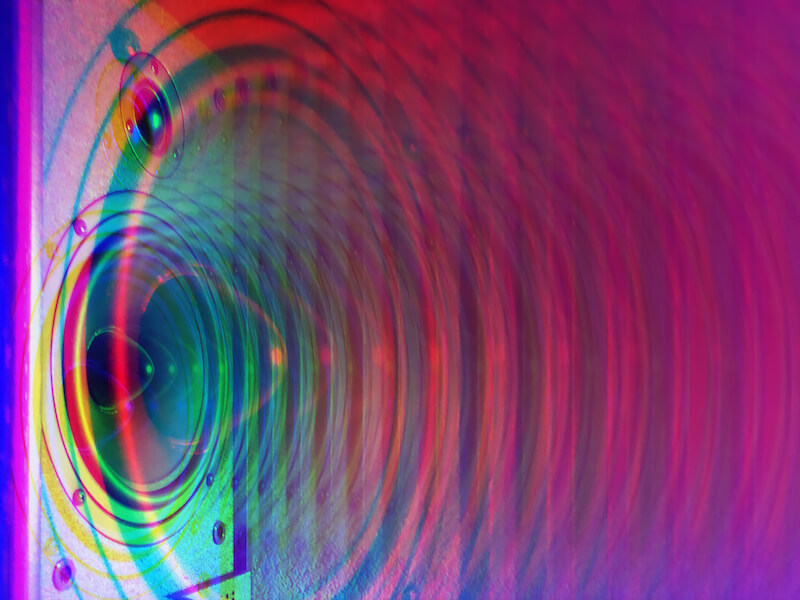Put yourself into a horror movie for a second. You’re walking around a creepy abandoned house, or maybe a deep, dark forest, or even a boiler room in the basement of a huge industrial complex. Wherever it is, you know you’re in trouble. Your senses are attuned to anything out of the ordinary. All of a sudden you hear a noise from behind you…
…and you wonder, “How did you know the noise was in front of you, and not to either side of you?”
Let’s be honest, that’s probably not what you’re thinking since you are way more concerned about where the slasher that’s stalking you is hiding. But for the purpose of this article, it’s a good question: how can we tell where a sound is coming from?
This is a question that hearing specialists and hearing aid manufacturers think about all the time, and it’s an important one since the ability to distinguish where sounds come from is a small, but important component of your sense of hearing.
The general consensus has been that we have neurons in our brains on the left and right sides that fire off whenever a sound comes from one of those directions.
But Antje Ihlefeld, the director if NJIT’s Neural Engineering for Speech and Hearing Laboratory, proposes a different model that could help hearing aids be even more effective in determining the direction of sounds.
What is sound localization?
The ability to tell where a sound is coming from is called sound localization. As noted above, the commonly accepted explanation for how sound localization works is based on neurons and a “map” that is created by the brain to help a person tell where a sound is located. There are numerous tests that can be performed to measure a person’s sound localization abilities, though they all focus on the idea of the neural map.
Up until now a map the theory of a map is limiting. It cannot be fixed once it degrades, and that would be a challenge since a person can’t relearn their sound localization abilities. Dr. Ihefeld’s theory concerns a dynamic neural code that holds more help for retraining a person’s brain. The results of her studies and research point to a parallel between how we hear and see, which has never really been examined before.
How hearing aids work
Hearing aids make sounds louder so people with hearing loss can go about their daily lives. Most hearing loss occurs because of damaged hair cells in the ear, which are crucial to helping you hear. Hearing aids magnify sound vibrations going into the ear for the undamaged hair cells, which makes it easier for them to hear. Unfortunately, hearing aids can’t completely overcome sound localization issues, though the newer models are better at picking up on sounds from different locations and drowning out background noise. Being properly fitted for hearing aids also helps. That said, sound localization is one of the areas where we need further research to refine hearing aids.
Sound distortion, which is an aspect of hearing loss and consists of ringing or buzzing in the ears, makes it difficult to tell where sound is coming from. Dr. Ihefeld believes her research will open the door to better hearing aids and cochlear implants that will improve sound localization for those suffering from hearing loss.
These devices could provide cues to understand where sounds are coming from, which would be especially beneficial when trying to focus on background sounds.
